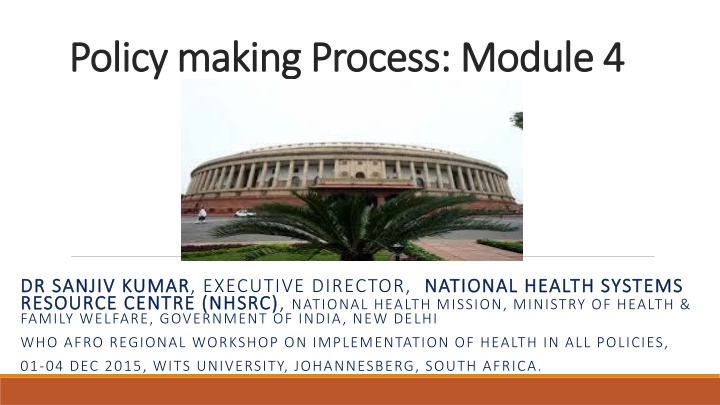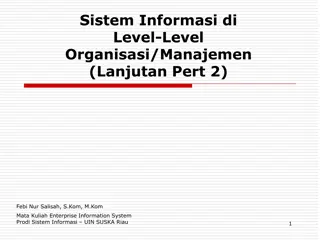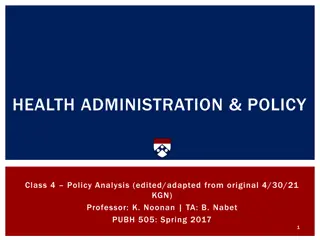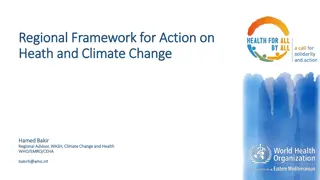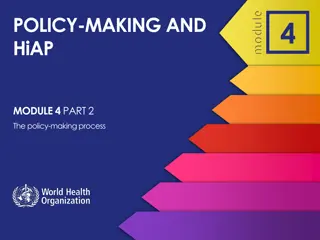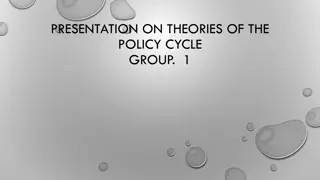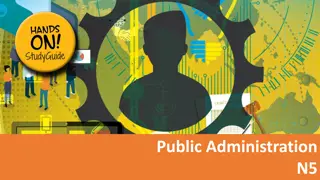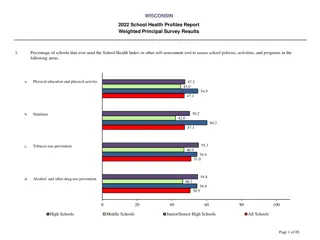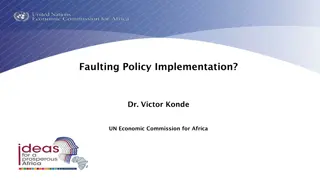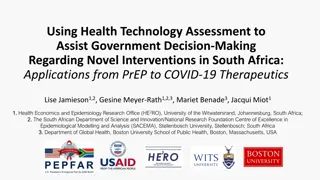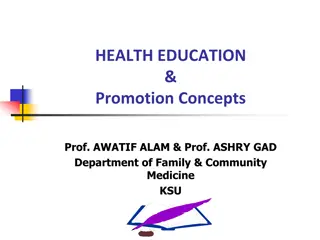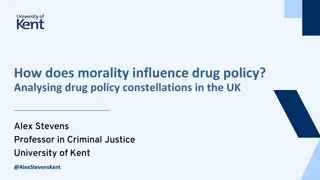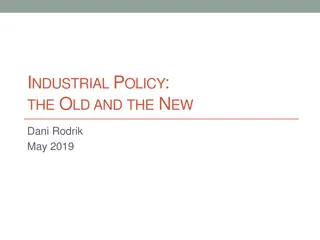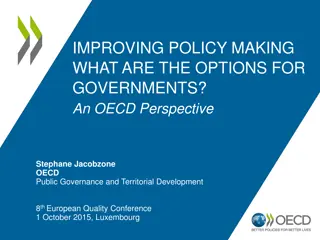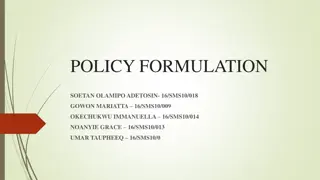Policy Making Process in Health Systems
Explore the stages of policy making, the role of policy champions, and opportunities for policy change in the health sector. Learn about the National Health Systems Resource Centre in India and its objectives in supporting policy development and implementation. Gain insights into the frameworks, divisions, and activities of the NHSRC in promoting effective health systems.
Download Presentation

Please find below an Image/Link to download the presentation.
The content on the website is provided AS IS for your information and personal use only. It may not be sold, licensed, or shared on other websites without obtaining consent from the author.If you encounter any issues during the download, it is possible that the publisher has removed the file from their server.
You are allowed to download the files provided on this website for personal or commercial use, subject to the condition that they are used lawfully. All files are the property of their respective owners.
The content on the website is provided AS IS for your information and personal use only. It may not be sold, licensed, or shared on other websites without obtaining consent from the author.
E N D
Presentation Transcript
Policy making Process: Module 4 Policy making Process: Module 4 DR DR SANJIV SANJIV KUMAR RESOURCE CENTRE (NHSRC) RESOURCE CENTRE (NHSRC), NATIONAL HEALTH MISSION, MINISTRY OF HEALTH & FAMILY WELFARE, GOVERNMENT OF INDIA, NEW DELHI KUMAR, EXECUTIVE DIRECTOR, NATIONAL HEALTH SYSTEMS NATIONAL HEALTH SYSTEMS WHO AFRO REGIONAL WORKSHOP ON IMPLEMENTATION OF HEALTH IN ALL POLICIES, 01-04 DEC 2015, WITS UNIVERSITY, JOHANNESBERG, SOUTH AFRICA.
Learning Objectives Learning Objectives Define Policy and describe the stages of policy making Recognize the complex and political nature of policy making Identify the windows of opportunity for policy change Define & Identify the policy champions Frame a complex health issue and identify its policy changes and opportunities Introduction to National Health Systems Resource Centre, Min of Health & FW, Govt of India
NHSRC Presentation NHSRC Presentation NHSRC Objectives & Structure Health Systems Framework: WHO Health Systems Framework: NHSRC Linkages with Community NHSRC main activities
NHSRC Broad Objectives Respond to technical assistance needs of MOHFW and States 1 Inputs to Policy, Strategy & Plan Development 2 Coordinate technical assistance to MoHFW and States 3 NHSRC works closely with MOHFW 4
NHSRC: A SYSTEMS APPROACH TEN DIVISIONS Public Health Planning Regional Resource Centre-North East (8 states) Community Processes Human Resources for Health Health Informatics Admin, HR & Accounts Quality Improvement PH Administration Healthcare Technologies Healthcare Financing
NHSRC Health System Framework Leadership & Governance Health Information Systems Service Delivery Community Human Resources for Health Healthcare Financing Essential medical products and technologie s
What is policy? What is policy? A principle or a plan to guide decisions, actions & outcome, Laws, documents, procedures, guiding principles, statements of intent or working framework A way of working, a vision, a programme of action, duties responsibility, accountability or an unwritten cultural or ethical code Public policy refers to policy of government Developed through negotiation, repeated practice, decree/order or convention Often a discrepancy between policy intent and policy practice
Types of Health Problems Types of Health Problems Type of Problem Cause and effect Response Simple predictable appropriate response to definable situations can be codified in standard Operating Procedures which then drive interventions Example Acute Gastroenteritis in an individual Complicated unclear at the time, but can be inferred using data, analysis and expert knowledge Once understood, rules for intervention can be defined and followed. Example: Salmonella Outbreak in an institution Complex may be identifiable in retrospect. Interventions go beyond one sector unlikely to conform with prior expectations how things work. Interventions must be flexible as outcomes may be unforeseen. Example Arsenic poisoning varied symptoms Chaotic may be speculated in retrospect, but cannot be validated Interventions must be approached as a learning exercise: act, sense, then revise if necessary Example: Nodding Syndrome (Since 1990 in Uganda, Sudan & Tanzania) https://www.youtube.com/watch?v=fsrV395S-2I
Windows of Opportunity: Examples from India Windows of Opportunity: Examples from India National Health Policy 2015 Draft Public Health Act Four Task Forces on National Health Assurance Mission
Policy development in related sectors All sectors that impact health, health systems, health determinants, health equity, cost of health care Recognize, own the problems, define and frame the issues Identify the role of each sector- clearly identified as causes of causes and what action can be taken If not done ownership of health problems falls by default on health actors (ministry and health institutions) Inform the stake holders (public institutions, academic institutions, think tanks, private sector, CSOs) through policy briefs giving policy options Technically sound, culturally and ethnically acceptable and financially reasonable Negotiations between various stakeholders
Sum up Sum up Defined Policy and the stages of policy making Looked at the complex and political nature of policy making How to look for and identify the windows of opportunity for policy change Identify & work with the policy champions Frame a complex health issue and identify its policy changes and opportunities
Thank You & Best wishes for your leadership role Thank You & Best wishes for your leadership role Blog: drsanjivkumar.wordpress.com/ DR SANJIV KUMAR ROLE OF GOVERNMENT IN HIAP WHO AFRO MEETING 01 04 DEC 2015
